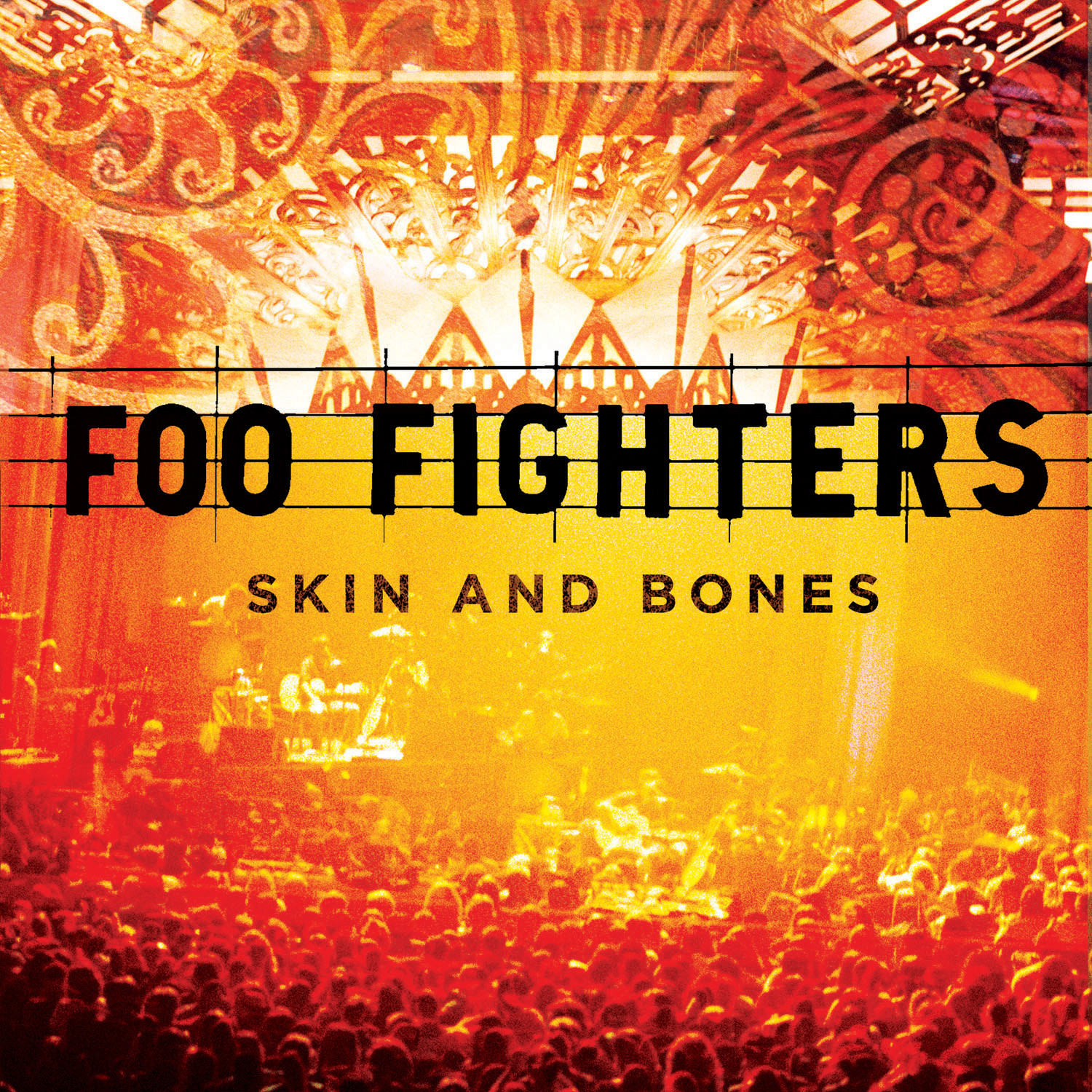

In no time, Grohl's solo project became the object of a fierce record company bidding war. He made 100 copies of the tape, passing it out to friends and associates. Boiling down his backlog of songs to about 15 tracks, Grohl played all of the instruments on the album.
FOO FIGHTERS FULL DISCOGRAPHY TORRENT PROFESSIONAL
In the fall of 1994, Grohl and Jones decamped to a professional studio, where in the space of a week, recorded the songs that comprised Foo Fighters' debut album. Following Kurt Cobain's suicide in 1994, the drummer kept quiet for several months. He had toyed with the idea of releasing another independent cassette in the summer of 1993, but the plans never reached fruition. The pair kept recording throughout early 1993, when Grohl returned to Nirvana to record In Utero. For most of 1992, he was busy with Nirvana, but when the band was off the road, he recorded solo material with Jones, who had also moved to Seattle. area and recorded a handful of tracks that would appear on Pocketwatch, a cassette released by Simple Machines. After the band's 1990 summer tour, Grohl joined Nirvana and moved cross-country to Seattle.Īfter Nirvana recorded Nevermind, Grohl went back to the D.C. Some of Grohl's songs appeared on Scream's final album, Fumble. During Scream's final days, Grohl began recording his own material in the basement studio of his friend Barrett Jones. Throughout his early teens he performed in a variety of hardcore punk bands and in the late '80s he joined the Washington, D.C.-area hardcore band Scream as their drummer. Along with their dedication to touring and their continued chart dominance, Foo Fighters have experimented with their sound, drawing inspiration from the rock traditions of iconic cities across America on 2014's Sonic Highways, delving into prog rock on 2017's Concrete and Gold, and embracing danceable, feel-good anthems on 2021's Medicine at Midnight.Īll of this industriousness stems from Dave Grohl, who had been playing guitar and writing songs long before he began drumming.

When Wasting Light became their first number one album in America upon its release in the spring of 2011, it was confirmation that Foo Fighters were survivors who had earned a large, devoted audience primarily through hard work. Accolades followed, including winning Grammy Awards for 1999's There Is Nothing Left to Lose, 2002's One by One, and 2007's Echoes, Silence, Patience & Grace, all of which also charted in the Top Three of the Billboard 200. It was commercial without pandering and creatively restless without being alienating, a sound with wide appeal delivered by a band that was happy to tour and record the way bands did back in the '70s. Once the band's lineup coalesced around the time of its third album, 1999's There Is Nothing Left to Lose, Foo Fighters' sound also gelled into a recognizable signature built upon the heavy, yet melodic, loud-quiet-loud template of the Pixies and Nirvana a modern rock sound anchored by Grohl's love of classic guitar rock. However, as their lineup expanded, they steadily racked up success after success, filling stadiums around the world while staying near the top of the charts with hits like "My Hero" and "Everlong" off 1997's The Colour and the Shape.

Led by singer Dave Grohl, the former powerhouse drummer for Nirvana, Foo Fighters initially debuted as a solo project in 1995. Melding heavy rock guitars, driving punk sensibilities, and pretty melodies, Foo Fighters rose to become one of the biggest acts to emerge out of the alt-rock boom of the 1990s.


 0 kommentar(er)
0 kommentar(er)
